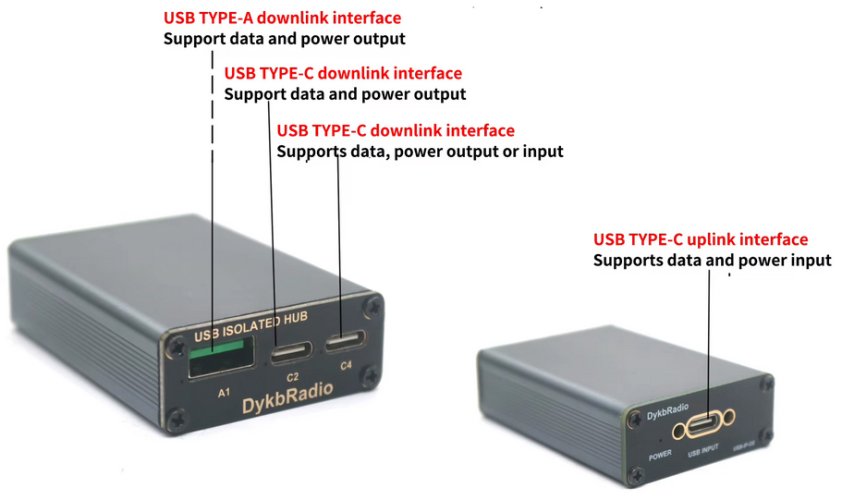TedB
100+ Head-Fier
Between the UIP and USB from a Holo Red, what would be the best choice for me? I use Roon on a NUC with a RPI4 endpoint on a Linear Power Supply into a Gustard U18 DDC at the moment. This feeds IIS to my Audio-GD R28MK3 and sounds good.
I'm having a small issue with 24/96 content having some distortion, all other resolutions sound fine. The U18 sounds great on my old Topping D70S with all resolutions so thought i'd switch to USB input on it. No distortion that way...
It is concerning that you would hear distortion with 24/96 content, and it would be good to know the cause, but there appears to be no other means with which to try a different connection between the U18 and R28MK3. If the U18 is fine with the Topping DAC, then all seems well there.
If you were intending to use the Holo Red as a streamer/source device, that would be a sensible route. Used solely as a DDC or a USB isolator/clocker however, the LHY UIP is perhaps a more reasonable choice here. I say this because the LHY UIP routinely delivers a nominal enhancement with DACs that have good USB performance, and the onboard USB implementation of the R28MK3 appears to be good (galvanic isolation and Accusilicon clocks). Additionally, because the LHY UIP costs around 40% less than a Holo Red, I see no reason to pay more for features you don't need.
If the USB performance of the R28MK3 was sufficiently lacking to make a USB connection undesirable, that would make better a case for spending more for a Red or LAIV μDDC and using an I2S connection, which bypasses the R28MK3's onboard clocks entirely.

























